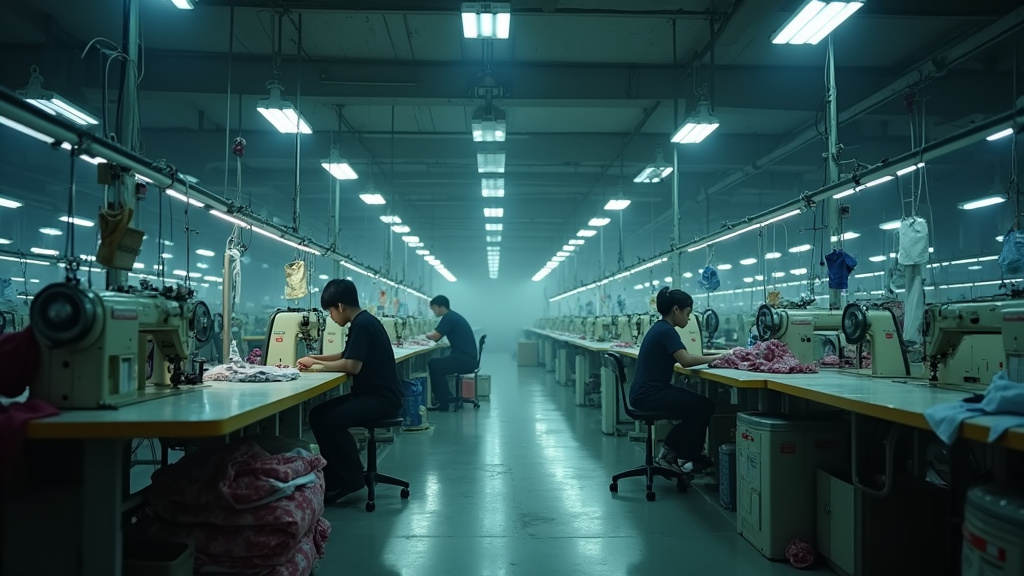Guangzhou’s Fashion Dominance Under Pressure
Guangzhou, long recognized as China’s undisputed capital of fast fashion, is currently navigating a challenging period characterized by a palpable slowdown. The vibrant industry, known for its rapid production cycles and ability to turn trending styles into consumer products at lightning speed, is facing significant headwinds. At the heart of this economic shift lies the pervasive uncertainty surrounding escalating tariffs imposed by the United States, which are casting a long shadow over the region’s manufacturing prowess.
Foreign Orders Wane Amidst Trade Tensions
The ripple effects of these trade disputes are being felt acutely by the businesses that form the backbone of Guangzhou’s fashion empire. Foreign clients, historically the primary drivers of demand, are increasingly hesitant to place large orders. This decrease in commitment stems directly from the unpredictable cost implications and potential disruptions posed by the ongoing tariff war. Consequently, many firms that once thrived on consistent international demand are now experiencing a significant contraction in their order books. This has led to a critical re-evaluation of production strategies, with some companies actively exploring or already executing a shift in their manufacturing base to Southeast Asian countries. The aim is to mitigate the impact of tariffs and seek more stable, predictable operating environments.
Daily Work Scarcity Hits Informal Sector
The impact of this industrial slowdown extends beyond the larger manufacturing firms, with the informal sector bearing a disproportionate burden. Workers who typically rely on daily employment opportunities within Guangzhou’s bustling fashion ecosystem are finding it increasingly difficult to secure consistent work. As production orders shrink and profit margins are squeezed under the weight of external economic pressures, businesses are scaling back their operations. This reduction in output directly translates to fewer opportunities for the legions of workers in the informal sector who depend on the industry’s day-to-day rhythm for their livelihoods. The struggle for daily employment underscores the precariousness faced by many in the region as the fast-fashion industry grapples with a changing global economic landscape.
Adapting to a Shifting Market
Guangzhou’s status as a top global fashion sourcing hub has been built on agility and cost-effectiveness. However, the current geopolitical and economic climate presents a formidable challenge to these foundational strengths. The news from Guangzhou reflects a broader trend within China’s manufacturing sector, where industries are being compelled to adapt to new realities. While the city’s fashion industry is resilient, the current slowdown serves as a stark reminder of its interconnectedness with international trade policies. The decisions made by foreign clients and the strategic choices of manufacturers to relocate or diversify production will ultimately shape the future trajectory of this influential fashion center. The dynamic nature of global fashion means that even established hubs must constantly evolve to remain relevant and competitive in the face of evolving market conditions and policy changes. The top trending fashion news often highlights these shifts, and Guangzhou’s current situation is a prime example of the challenges shaping the industry’s future.





